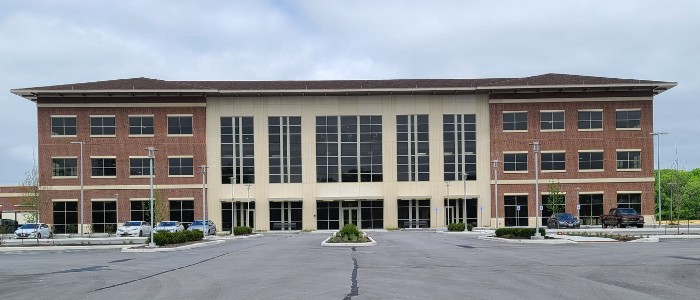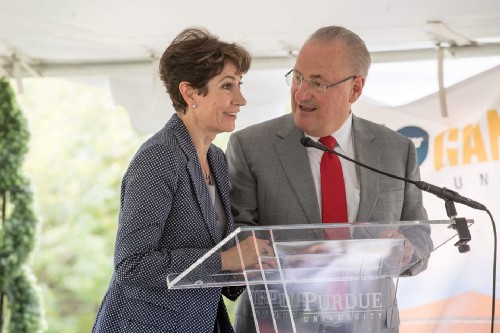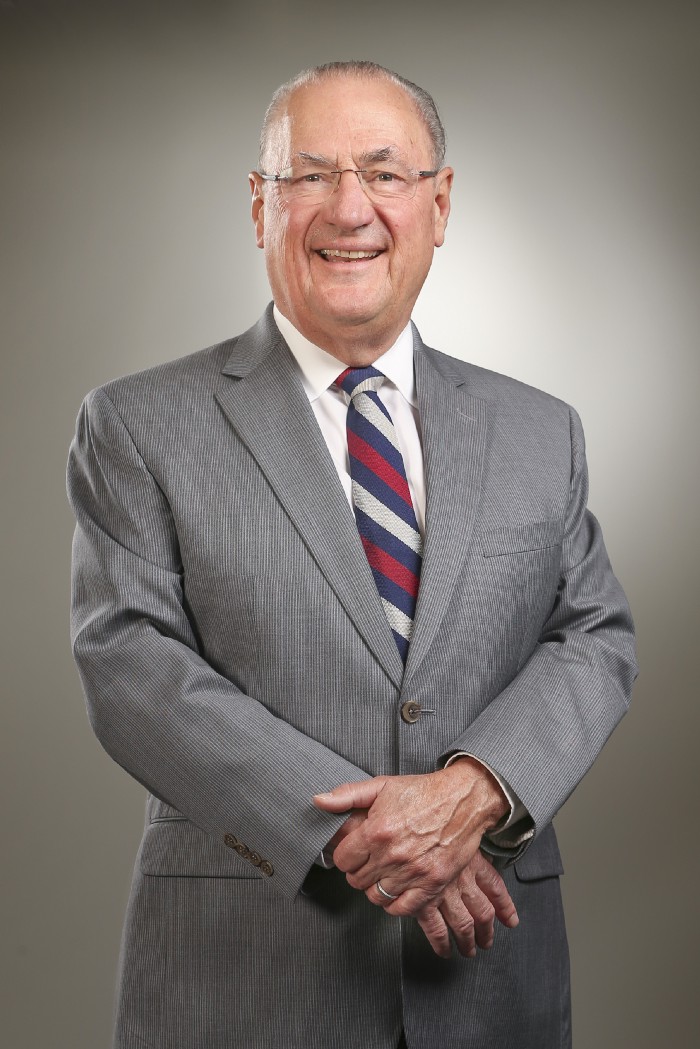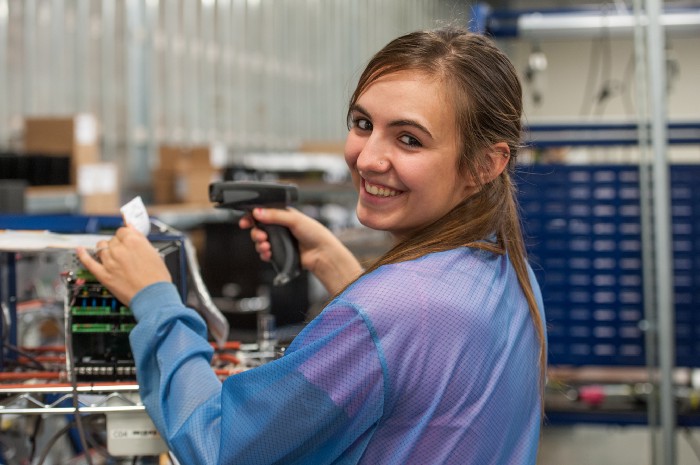Spotlight on SEL Purdue in Discovery Park District

The company’s focus and growth
Schweitzer Engineering Laboratories, or SEL, is a 100 percent employee-owned company that specializes in creating digital products and systems that protect, control and automate power systems around the world. This technology prevents blackouts and improves power system reliability and safety. The company has manufactured products in the United States since 1984 and serves customers worldwide. A virtual tour of SEL’s manufacturing operation in Pullman is available online.
In February 2018, SEL purchased land in the Discovery Park District, and broke ground on a 100,000-square-foot facility later that year. The first product came off the manufacturing line in February 2020. Since then, the SEL team has manufactured thousands of its popular recloser controls which quickly provide fault location, isolation, and system restoration on electric power lines. These products are shipped from the facility in West Lafayette to SEL customers in more than 165 countries.

Also in 2018, Ed Schweitzer and Beatriz Schweitzer gave $3M to the Elmore Family School of Electrical and Computer Engineering to endow a professorship and support the school’s power and energy systems research area. Dr. Steven Pekarek was named the Dr. Edmund O. Schweitzer, III Professor of Electrical and Computer Engineering that fall.
Pekarek is featured in two recent episodes of SEL’s podcast, Schweitzer Drive, which explores topics related to everything that goes on between the generation of electricity and the light switch.
Q&A with President and CTO Edmund O. Schweitzer III, Ph.D.

Edmund O. Schweitzer III earned his bachelor’s and master’s degrees in electrical engineering from Purdue in 1968 and 1971. Inspired by his research as a doctoral candidate, Dr. Schweitzer invented the first microprocessor-based digital protective relay, the SEL-21, which revolutionized the electric power industry and provided new functionality in power system protection. In 2019, he was inducted into the National Inventors Hall of Fame for this invention. To date, Schweitzer has been awarded more than 215 patents.
Dr. Schweitzer was kind enough to answer our questions.
Question: When did your passion for innovation begin? How has it impacted your career and personal life?
Edmund O. Schweitzer III: I believe God endowed every one of us with gifts of creativity. Maybe our first creative acts are what we did as kids right before our parents said, “NO!”
In the fall of 1965 at Purdue University, the professor teaching EE100 asked each of us to write down why we wanted to be engineers. I remember writing, “To take science, math, and technology and invent ways to make the world better.”
Q: You founded Schweitzer Engineering Laboratories in 1982. What have been the biggest changes you’ve seen in innovation and manufacturing since then?
Schweitzer: That’s almost 40 years! Every aspect has improved: higher-quality parts, lower costs, automated assembly and testing, smaller-sized components, and world-class manufacturing. Many of the innovations have also elevated individuals’ roles in manufacturing, contributing to what I call the dignity of work.
Q: What industry innovations are you looking forward to within the next 10 years?
Schweitzer: I’d love to see more manufacturing of components, materials, products, and machinery return to the United States. Long supply chains and distant relationships add risk to manufacturing that we can avoid if we make more of what we need closer to home.

Q: How do industry and academia benefit when they collaborate?
Schweitzer: Sharing our needs, challenges, ideas, and opportunities is healthy for industry and academia. We’ve found many ways to accomplish this: internships, guest lectures, recruiting, and research. I love the land-grant university focus on science, agriculture, and technology. Land-grant universities across our country bring education and extension close to home, wherever you live.
Q: What makes the Discovery Park District a good location for Schweitzer Engineering Laboratories?
Schweitzer: Our company serves the electric power industry across the country and around the world. Our SEL-Purdue location brings us closer to our customers east of the Mississippi and closer to our friends and collaborators at Purdue. We’re thrilled to be a part of the Discovery Park District, Purdue’s neighbor and a part of the West Lafayette community. And to be a part of the manufacturing community in the state of Indiana.

Source: PRF celebrates manufacturing: Spotlight on SEL Purdue in Discovery Park District
